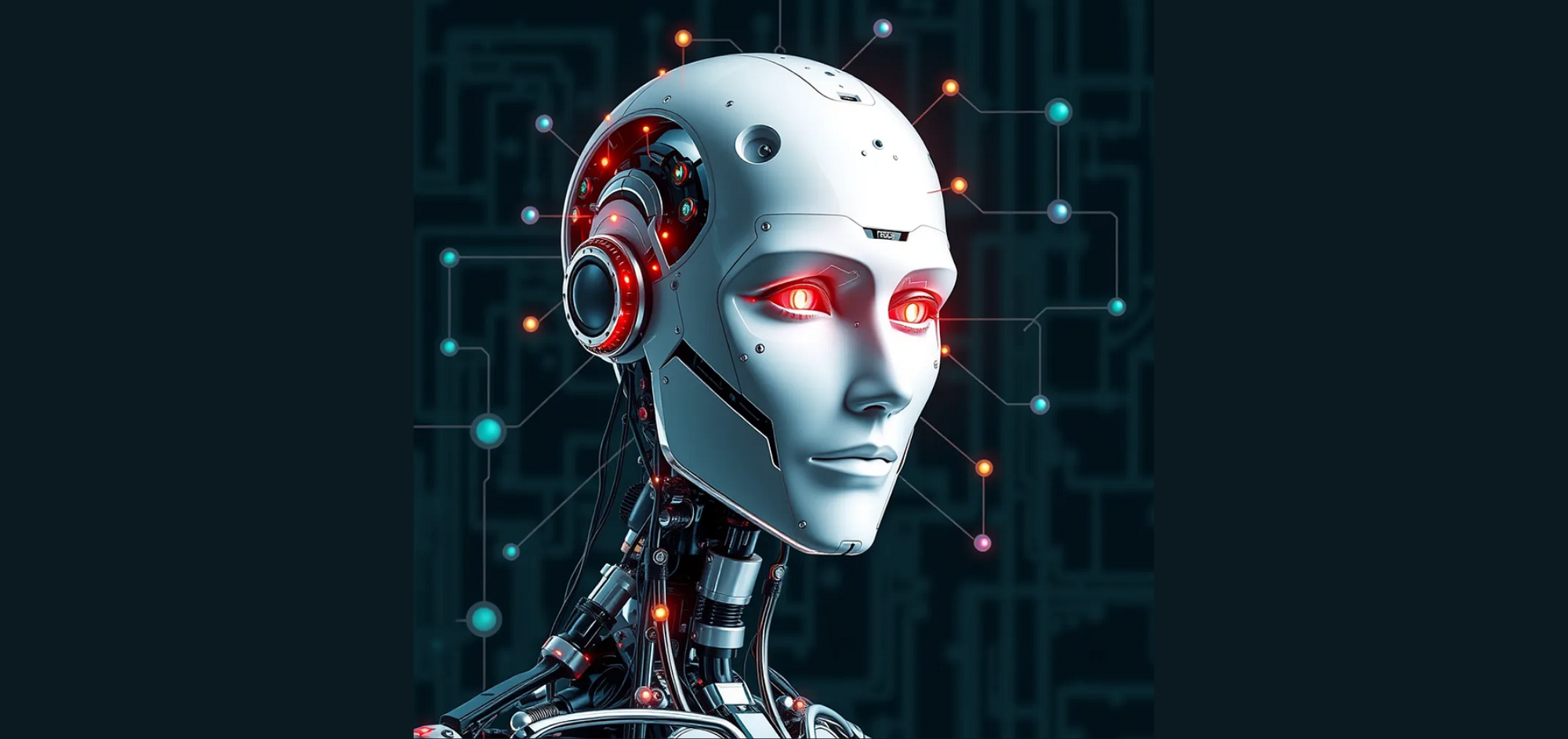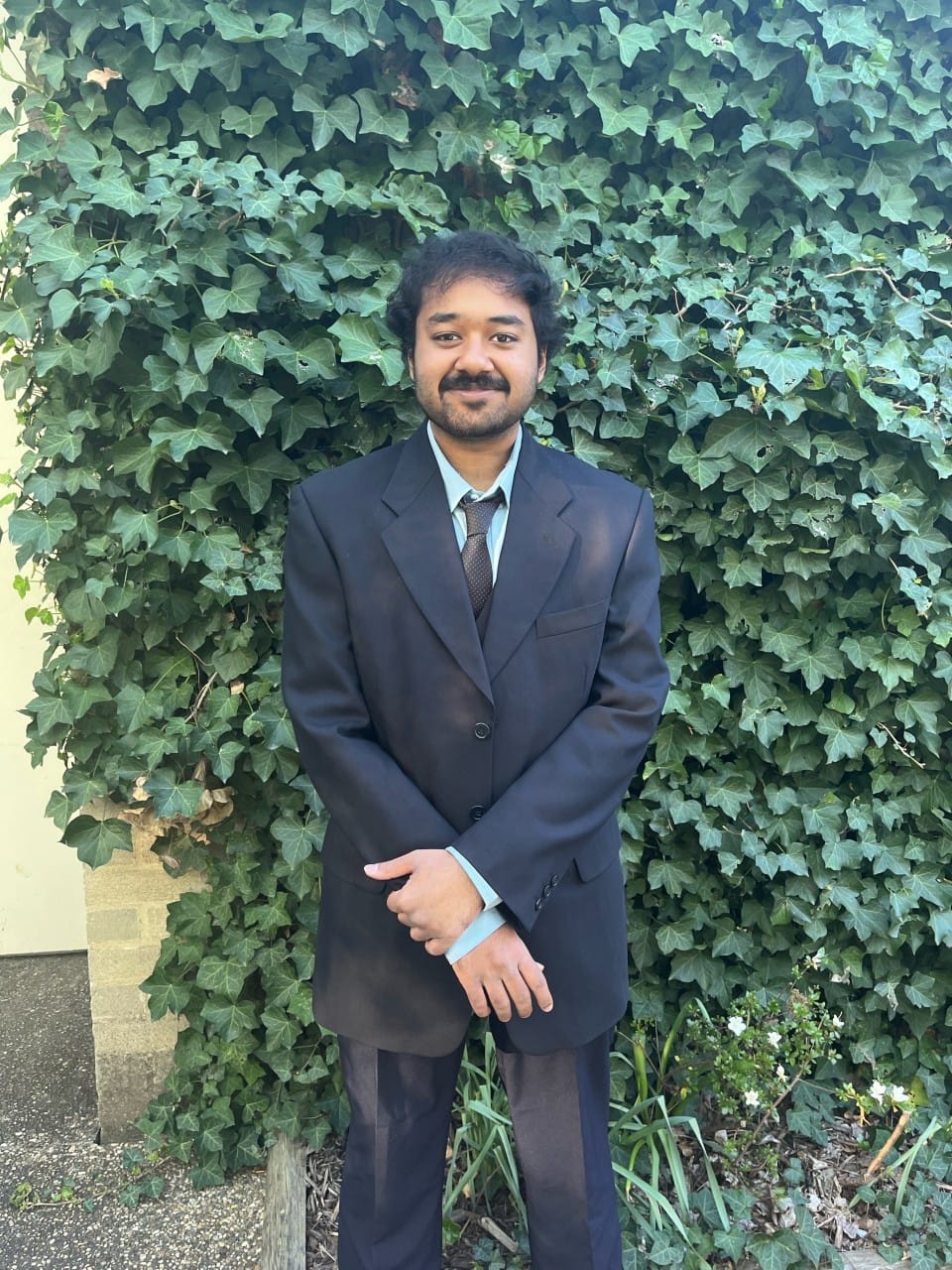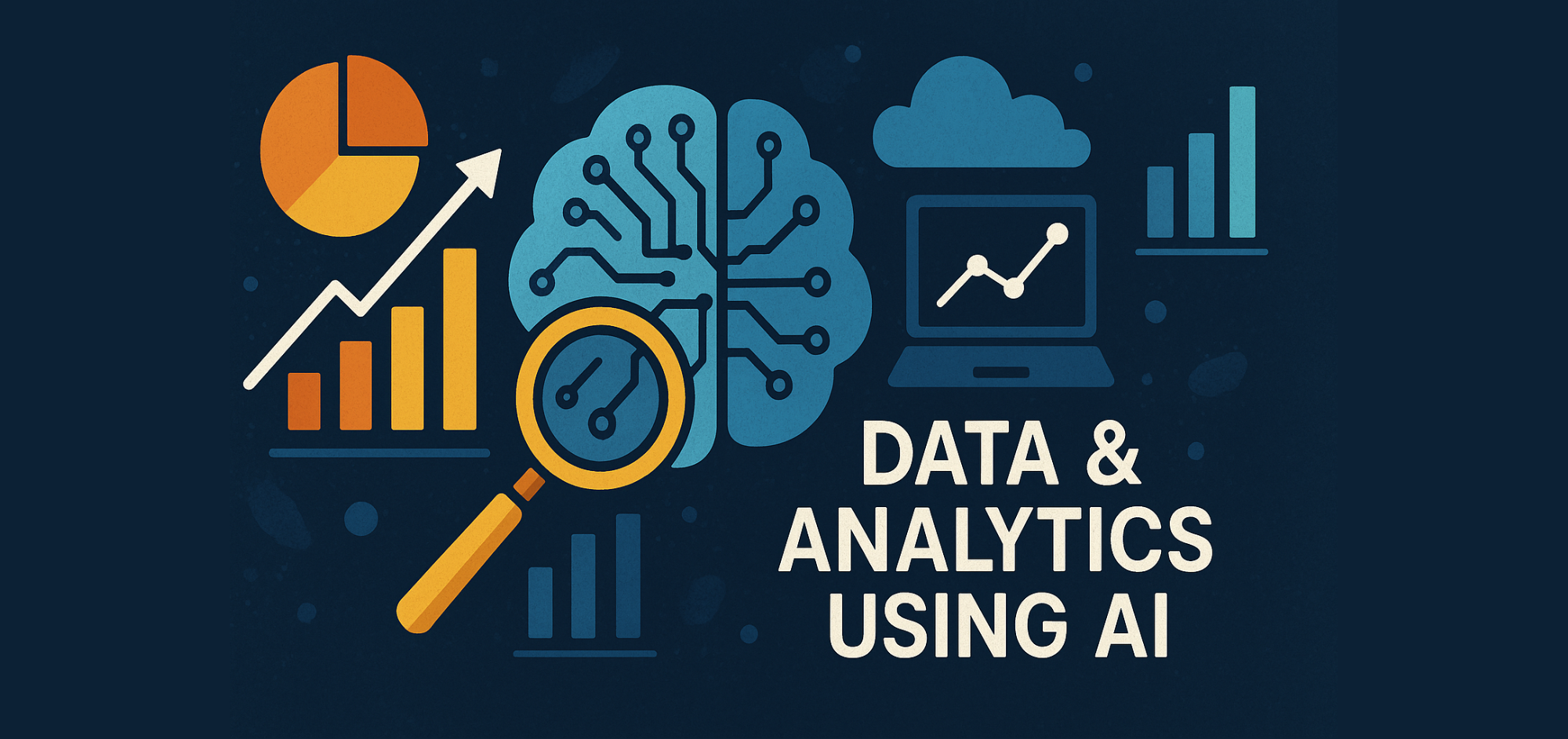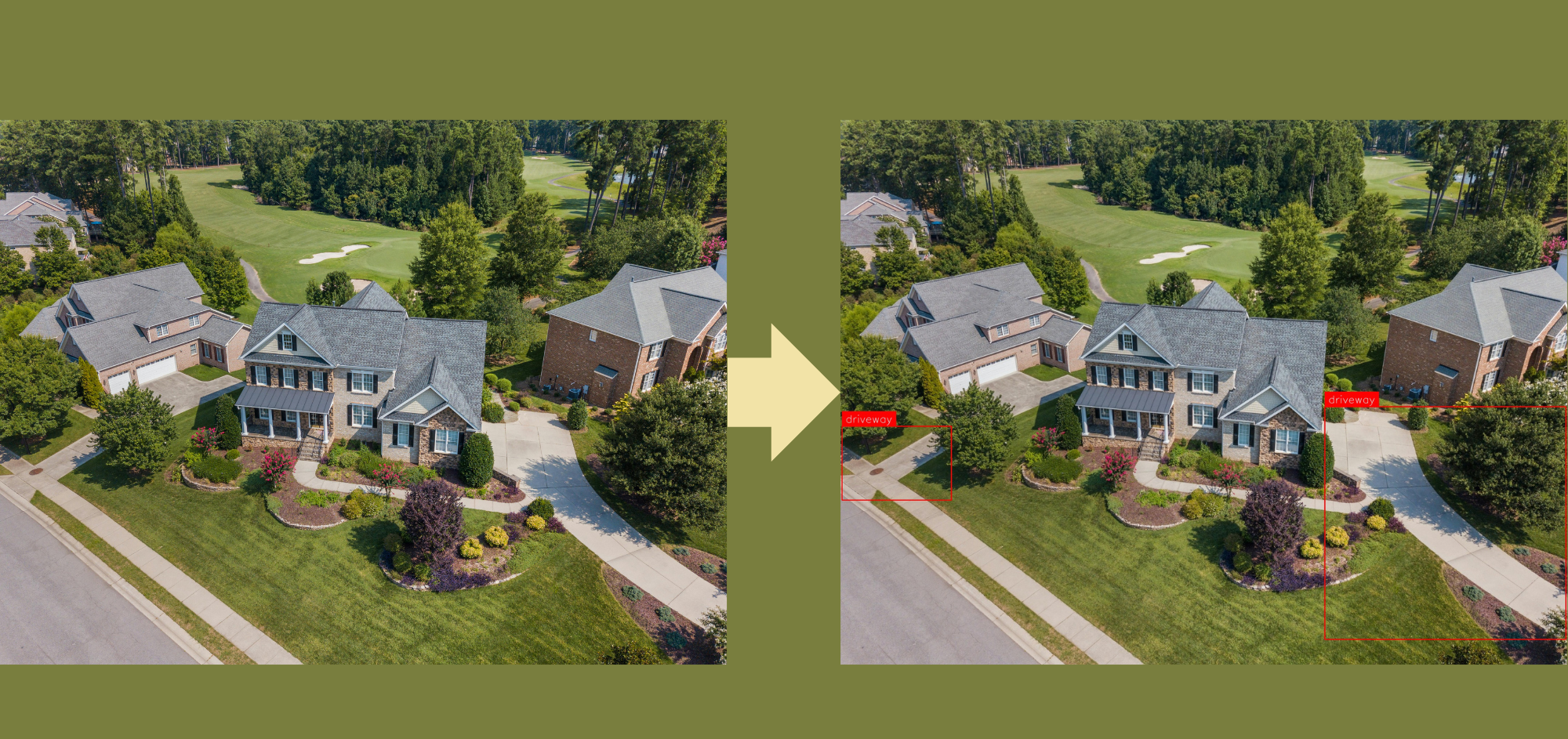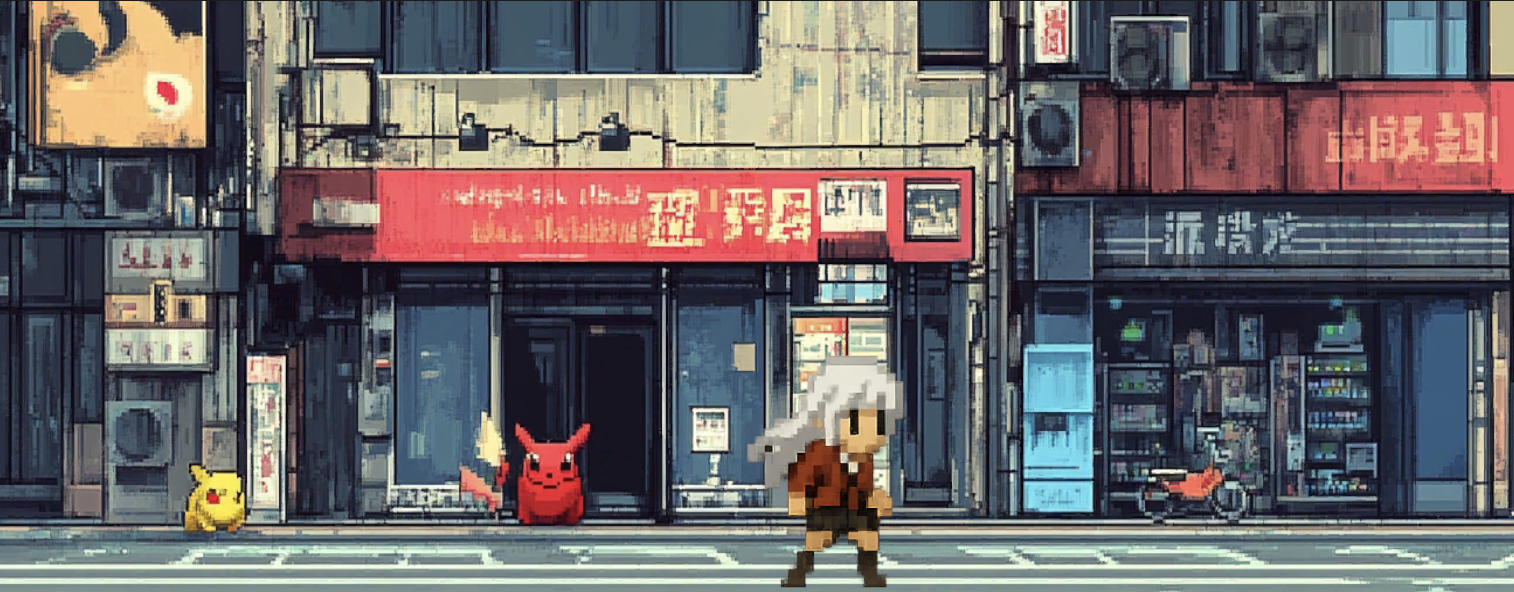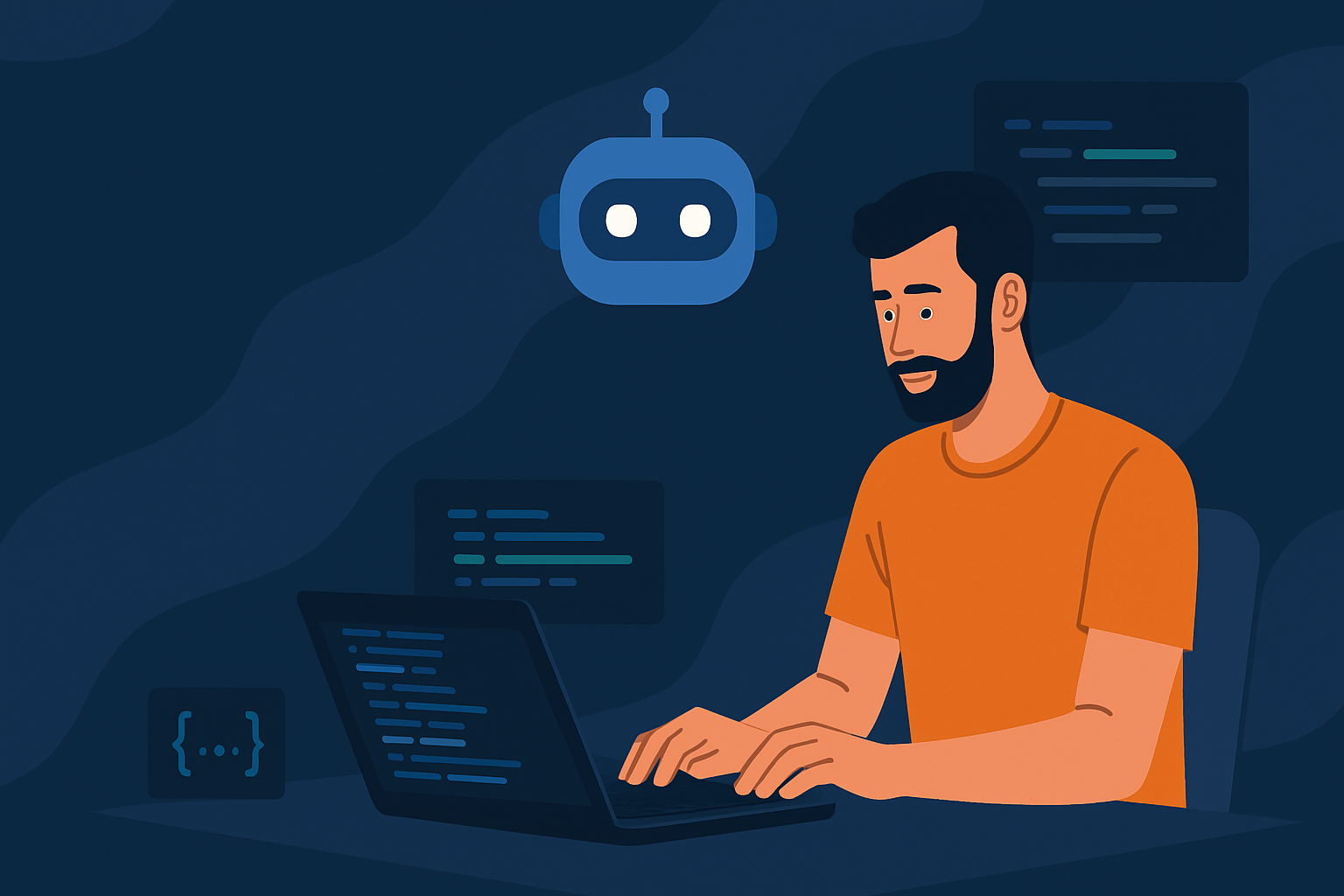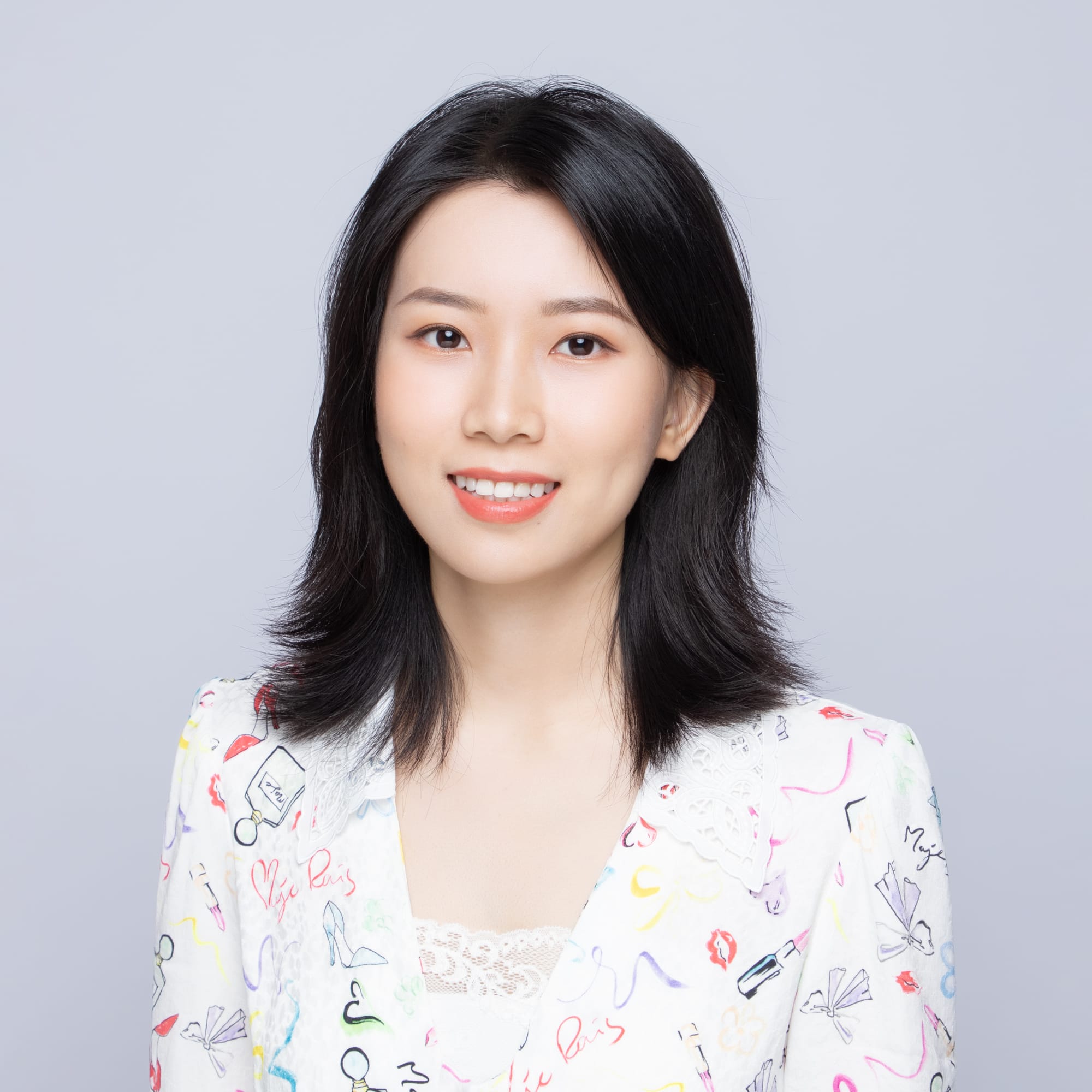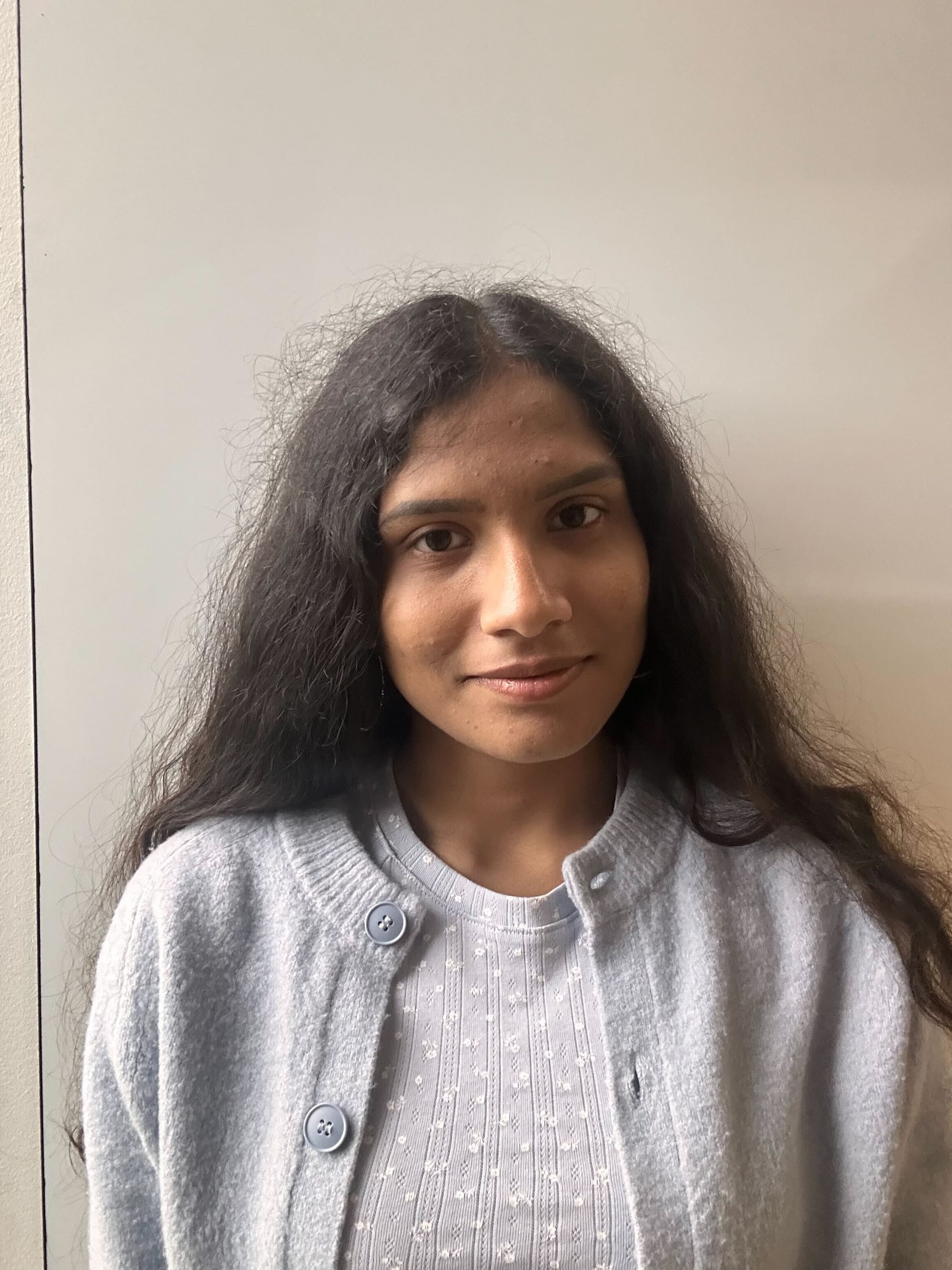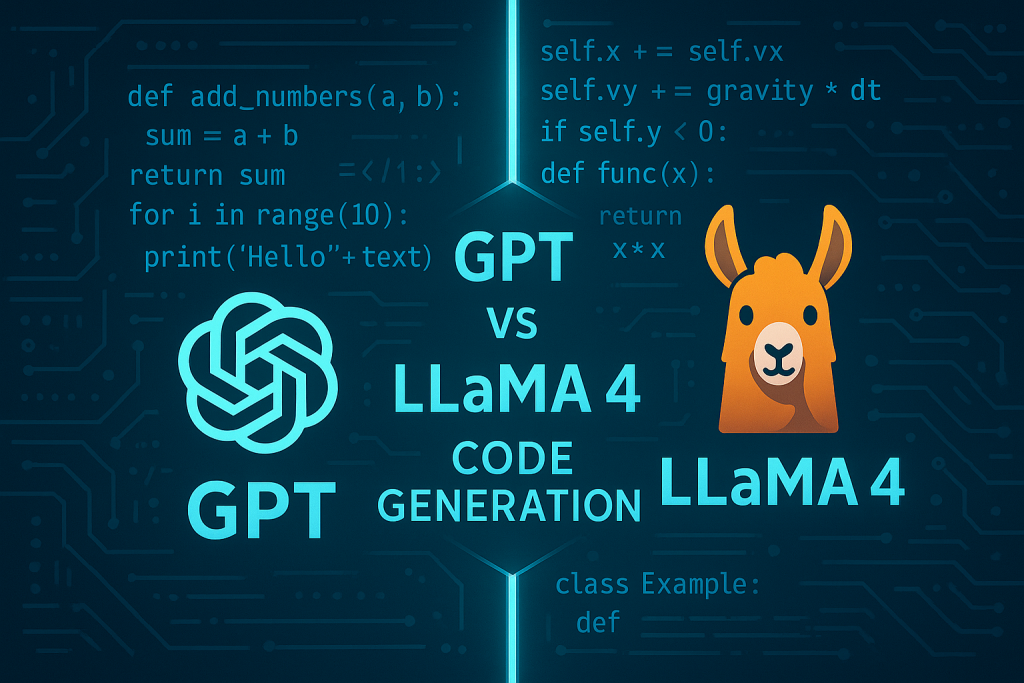The New Era of AI Image Generation
The Most Recent Cutting-Edge Models
Introduction
The past 6 months marked significant technological leaps in the field of artificial intelligence (AI), especially in the realm of image generation. In this six-month window, multiple innovations redefined the capabilities of text-to-image, video generation, and multimodal AI systems. The advancements have touched various industries, from marketing and entertainment to scientific applications, as the technology becomes more integrated and accessible.
This article delves into the major breakthroughs, providing an exhaustive look at each key technology and its impact on the future of creative and practical AI applications.
Stable Diffusion 3: A Leap Forward for Open-Source AI
Stable Diffusion 3 was one of the most anticipated updates in AI image generation, continuing the legacy of the highly popular Stable Diffusion series. Developed by Stability AI, this new version was designed to push the boundaries of open-source, text-to-image models.
Multimodal Diffusion Transformer (MMDiT) Architecture
One of the most transformative changes in SD3 is the adoption of the Multimodal Diffusion Transformer (MMDiT), which replaces the older U-Net architecture seen in previous models. MMDiT allows SD3 to handle various types of inputs, like combining text, images, and even sound, by using separate weights for image and language representations. This architecture provides SD3 with a significant performance boost, especially in the way it understands and renders complex text inputs. For example, the model is particularly adept at generating text within images, solving a long-standing issue in AI image generation where previous models struggled with typography and prompt adherence. This improvement in handling both visual and textual elements makes SD3 especially effective for generating posters, advertisements, and branded content where text clarity is crucial.
Rectified Flow Sampling
SD3 uses a refined sampling method called Rectified Flow (RF), which connects data and noise through a more efficient, linear path during the training process. This allows the model to generate images faster and with fewer sampling steps than its predecessors. The novel trajectory sampling schedule introduced in SD3 emphasises more frequent sampling of the middle stages of the noise process, resulting in higher-quality images with sharper details and better colour accuracy, even when dealing with complex multi-subject prompts. This makes SD3 ideal for use cases that require fast yet detailed image generation, such as in high-demand creative industries like marketing and entertainment.
Text Encoding and Prompt Following
SD3’s architecture integrates three advanced text encoders — CLIP L/14, OpenCLIP bigG/14, and T5-v1.1-XXL — which significantly improve the model’s ability to interpret and follow multi-part, complex prompts. This results in superior image outputs that are highly aligned with user inputs, especially in fields requiring high specificity like fine art and commercial design. Moreover, SD3 uses more accurate captions during training, similar to how DALL·E 3 enhances its prompt-following capabilities, further improving SD3’s ability to handle detailed and abstract prompts effectively.
Performance and API Access
In early tests, SD3 has shown that its largest version, with 8 billion parameters, can run on a 24GB VRAM RTX 4090, generating 1024x1024 resolution images in about 34 seconds. This speed makes SD3 particularly attractive for developers who need real-time or near-real-time image generation without compromising on quality. The release of Stable Diffusion 3 Turbo, a faster version of SD3, offers even quicker outputs, making it suitable for environments that require rapid iteration, such as live content generation for social media.
For developers, SD3 is accessible via the Stability AI Developer Platform API, enabling businesses and individual creators to integrate SD3 into their applications without requiring specialised hardware. This API access democratises advanced image generation technology, making it available to a much broader audience. Stability AI has partnered with Fireworks AI to ensure 99.9% uptime, a critical factor for enterprise clients who rely on this service for their generative AI workloads. While the model is not yet available for self-hosting, Stability AI has indicated that this option will be available in the near future through a Stability AI Membership plan.
For more detailed insights, you can explore Stability AI’s research paper page and its API news page on Stable Diffusion 3.
An example prompt to stable diffusion 3: “a hooded man on an asteroid watching over his fleet of looming spaceships”, and the image is:

Flux: The New Giant in Open-Source AI
Launched in August 2024, Flux represents a groundbreaking step forward in AI image generation. Developed by Black Forest Labs, the same team responsible for key innovations in Stable Diffusion, Flux is rapidly becoming one of the most powerful open-source models available. Designed to push the boundaries of what open-source AI can achieve, Flux is built around 12 billion parameters, which positions it as a serious competitor to proprietary models like MidJourney v6 and DALL·E 3. This massive parameter count gives Flux an edge in rendering complex images with exceptional accuracy in terms of prompt adherence, clarity, and fine detail.
A Model Built on Innovation
Flux’s development is deeply rooted in the lessons learned from earlier models like VQGAN, Latent Diffusion, and the various iterations of Stable Diffusion. These innovations contributed to Flux’s ability to handle a wider variety of image prompts, making it versatile across different domains, from digital art to commercial product rendering. The model’s impressive ability to generate clean typography, detailed textures, and complex visual scenes stems from the advanced latent space training techniques used by Black Forest Labs. These techniques ensure that Flux excels in prompt accuracy, delivering images that closely align with user expectations.
Three Variants Tailored to Different Needs
Flux comes in three distinct versions, each designed for different use cases:
- Flux Dev: An open-source, non-commercial version that allows developers, hobbyists, and researchers to experiment freely. It is perfect for those who want to explore the capabilities of the model without the constraints of commercial licensing.
- Flux Schnell: A distilled, faster version of the model, Schnell operates at ten times the speed of Flux Dev but with a slight reduction in image quality. This version is designed for use cases where speed is more important than ultra-high-definition images.
- Flux Pro: A commercial-grade variant accessible via API, Flux Pro is optimised for enterprise applications, offering both the speed and image quality necessary for professional environments like marketing, branding, and creative industries.
For example, if given a prompt to flux schnell AI, “a sinister hooded man watching a flaming battlefield of an army”, the image it generates is below:

Benchmarking and Technological Edge
Benchmarking tests have shown that Flux consistently outperforms competitors in key areas like prompt adherence, image clarity, and typography. The ability to generate complex text within images — long considered a weak point in models like DALL·E — is a particular strength of Flux. Black Forest Labs attributes this success to the combination of advanced training methodologies and the sheer scale of the model’s parameter count. This edge in accuracy has made Flux especially popular for applications where detail and precision are critical, such as in branding, marketing, and commercial design.
Adoption and Use Cases
Flux is quickly gaining traction in industries that require high-quality visuals. For example, fashion brands have started using the model to generate entire photoshoots for product launches, avoiding the need for expensive and time-consuming traditional photography sessions. Additionally, the model’s ability to render realistic textures and skin tones makes it particularly appealing for photography and commercial art. Many companies are leveraging Flux’s capacity to create detailed, photo-realistic images on demand, helping streamline creative workflows in advertising and digital content creation.
Challenges and Hardware Requirements
Despite its many strengths, Flux does come with substantial hardware requirements. To run the full model at its highest quality, users need 24GB of VRAM, which limits its accessibility to high-end setups. Recognising this limitation, Black Forest Labs has released compressed versions of Flux, which can run on systems with as little as 6GB of VRAM. However, these compressed versions do involve some trade-offs in terms of image quality, particularly in terms of finer details and clarity. For the official huggingface website for flux, you can visit this page.
Distribution Matching Distillation (DMD): A Revolutionary Speed Enhancement

A major breakthrough in AI image generation speed emerged from MIT in 2024 with the introduction of the Distribution Matching Distillation (DMD) model. This innovative model revolutionises the image generation process by reducing the traditional multi-step diffusion process to a single-step, allowing images to be generated 30 times faster. This speed increase addresses a long-standing limitation of diffusion models, where image generation typically required numerous iterations to refine noise into a coherent picture.
DMD achieves this acceleration by utilising two pre-trained diffusion models that act as teachers guiding the training of a new, “student” model. During training, the student model minimises the divergence between its outputs and the real-world images used in the dataset, ensuring high fidelity to the source material. The result is a model capable of generating images that are comparable in quality to those produced by slower, multi-step diffusion methods but at a fraction of the computational time.
This innovation holds significant implications for industries where real-time performance is essential. For example, in real-time visual editing, the ability to receive near-instant feedback from an AI model dramatically improves workflow efficiency for designers and artists. 3D modelling, particularly in fields like gaming and architecture, stands to benefit as well, where the ability to generate high-fidelity models quickly is crucial for fast iteration and development.
One of the key metrics to evaluate the quality of images produced by AI models is the Fréchet Inception Distance (FID), which measures the similarity between generated images and real-world images. Despite the vast reduction in computation time, the DMD model maintains a competitive FID score, indicating that the quality of images remains on par with traditional, slower diffusion models. While some challenges persist, particularly in areas like text-to-image generation, the DMD model is already being hailed as a foundational technology for the next generation of AI tools in creative industries, offering a balance between speed and image quality.
For a detailed look at the MIT research on the DMD model, you can read more about it in the official MIT article: MIT DMD Model Article. This research was supported by Adobe, Amazon, and several other institutions, signalling the wide-reaching potential impact of this innovation across various sectors.
Google’s Imagen 3 and Veo: Redefining Photorealism and Video Generation
Google has made major advancements in AI image and video generation with the introduction of Imagen 3 and Veo, both unveiled at Google I/O 2024. These models mark significant progress in the field, expanding the capabilities of AI to handle more intricate and realistic content creation.
Imagen 3: A Leap in Visual Fidelity

Imagen 3 represents a significant upgrade over its predecessors, offering more advanced photorealism and fewer visual artefacts. One of its key strengths is its ability to interpret complex, long-form prompts. Unlike older models, Imagen 3 uses advanced natural language processing (NLP) to understand not just the keywords in a prompt, but also the subtleties and context embedded within detailed descriptions. This capability allows it to generate highly realistic and contextually accurate images, which is a significant improvement over previous iterations.
For example, if a user prompts “a bustling city street at dusk with neon lights reflecting off wet pavement,” Imagen 3 can render not only the basic elements of the scene but also capture nuanced details such as the specific reflections, light sources, and even the subtle mood changes that come with the setting sun. The model’s ability to interpret these details provides users with images that feel more authentic and aligned with their creative vision.
Integration with Google Products
One of the most exciting aspects of Imagen 3 is its integration into everyday tools like Google Photos. Users can now utilise AI-generated images for visual searches, where the model helps retrieve memories based on descriptions or inferred context. For instance, a user could search for “family picnic last summer,” and Imagen 3 would pull relevant images, even if those specific terms were not in the metadata. The AI can recognise visual patterns like outdoor settings, familiar faces, and related contexts from the user’s photo library.
This data organisation and retrieval capability highlights the broader use case of AI image generation not just for creative purposes but also for practical applications like organising personal photo archives. It also suggests future possibilities for Google Lens and other image-driven tools to make use of AI-generated content for enhanced visual search and memory-based navigation.
For more info, you could visit the Google Imagen 3 page.
Veo: Google’s Video Generation Pioneer

Alongside Imagen 3, Google also introduced Veo, a highly advanced AI video generation model that takes a major leap forward in generating high-quality, 1080p resolution videos. Unlike still image generators, Veo is designed specifically for dynamic, moving visuals, catering to filmmakers, content creators, and businesses looking to produce realistic video content at scale.
Veo’s Key Capabilities
Veo can generate cinematic video clips based on detailed text prompts. For example, a user might input a prompt like, “a time-lapse of a sunset over the Grand Canyon,” and Veo will deliver a high-definition video that captures the natural progression of light, shadow, and colour in a realistic time-lapse. What sets Veo apart is its ability to manage motion, lighting, and camera angles with the same level of sophistication as a real cinematographer.
The model’s ability to adjust lighting and create depth through cinematic effects gives video creators more control over the artistic direction of their projects. Whether it’s zooming in on a specific subject or creating a panoramic scene with depth of field, Veo can generate the intended visual effects without requiring a physical film shoot. This opens up new opportunities for filmmakers, marketing professionals, and social media influencers who need dynamic visual content in a fraction of the time.
Applications in Filmmaking
Notably, Donald Glover was among the first to use Veo for a film project, showcasing the model’s potential in professional media creation. Glover, a well-known filmmaker and artist, experimented with Veo to explore new storytelling techniques. His work illustrates the potential for Veo to create entirely AI-driven films or at least assist in major production tasks like previsualisation, where filmmakers plan their shots and sequences ahead of filming.
Beyond the entertainment industry, Veo’s ability to produce realistic 1080p videos from simple text prompts will likely have a profound impact on advertising, educational content, and social media marketing. For instance, businesses can generate high-quality commercials or social media clips without the need for costly video production teams.
For more information, you could visit the official Google Veo page.
Conclusion: AI’s Expanding Role in Creative and Professional Spaces
The last six months have marked a period of incredible innovation in AI image and video generation. From Stable Diffusion 3’s groundbreaking new architecture to Flux’s open-source flexibility, and DMD’s unprecedented speed, these technologies are reshaping industries and creative workflows. As AI models continue to evolve, they are becoming more integrated into everyday tools and applications, offering both professional and amateur creators powerful new ways to express their ideas. The future of AI in visual media is not just promising — it’s already here.
As these technologies continue to evolve, the line between AI-generated content and human-created art will continue to blur, offering endless possibilities for innovation in industries ranging from marketing to medicine, gaming, and beyond. These AI models represent a monumental shift in how we generate, consume, and interact with visual content. We can expect future developments to further integrate AI tools into both our personal and professional lives, bringing us closer to a world where AI is not just an assistant, but a true partner in creativity and productivity.
References
- Stability AI (n.d.). Stable diffusion 3 API. Available at: https://stability.ai/news/stable-diffusion-3-api.
- Stability AI (n.d.). Stable diffusion 3: Research paper. Available at: https://stability.ai/news/stable-diffusion-3-research-paper.
- Black Forest Labs (n.d.). FLUX.1-schnell. Hugging Face. Available at: https://huggingface.co/black-forest-labs/FLUX.1-schnell.
- Gordon, R. (2024). AI generates high-quality images 30 times faster in a single step. MIT CSAIL. Available at: https://www.csail.mit.edu/news/ai-generates-high-quality-images-30-times-faster-single-step.
- Blaquiere, G. (2024). Imagen 3: First look on the new age of GenAI image generation. Medium. Available at: https://medium.com/google-cloud/imagen-3-first-look-on-the-new-age-of-genai-image-generation-d851e7c4bc20.
- DeepMind (n.d.). Imagen 3. Available at: https://deepmind.google/technologies/imagen-3/.
- Khalesi, B. (2024). Google Veo: The ultrarealistic AI video generation tool explained. Android Police. Available at: https://www.androidpolice.com/google-veo-guide/.
- DeepMind (n.d.). Veo. Available at: https://deepmind.google/technologies/veo/.
Catch the latest version of this article over on Medium.com. Hit the button below to join our readers there.

